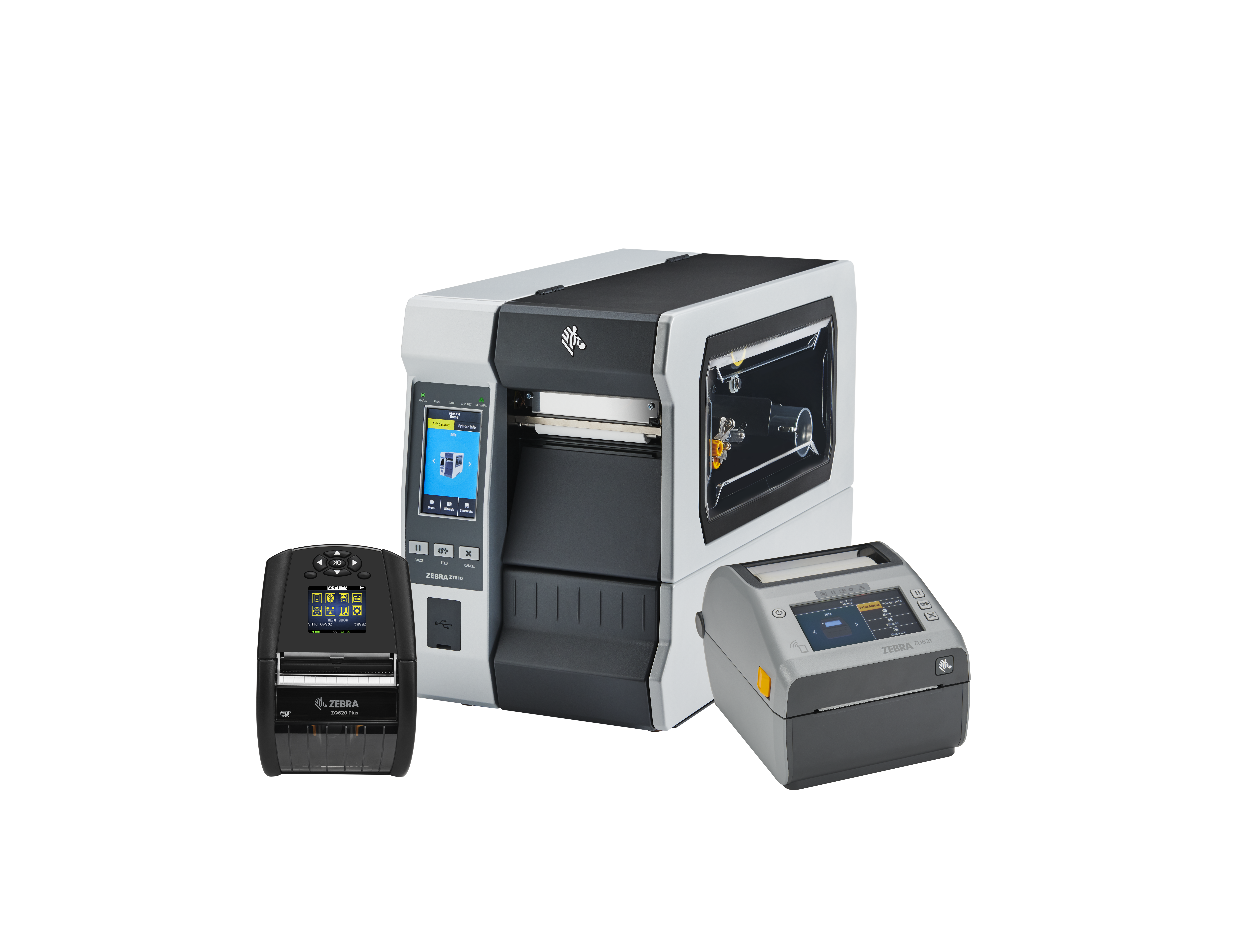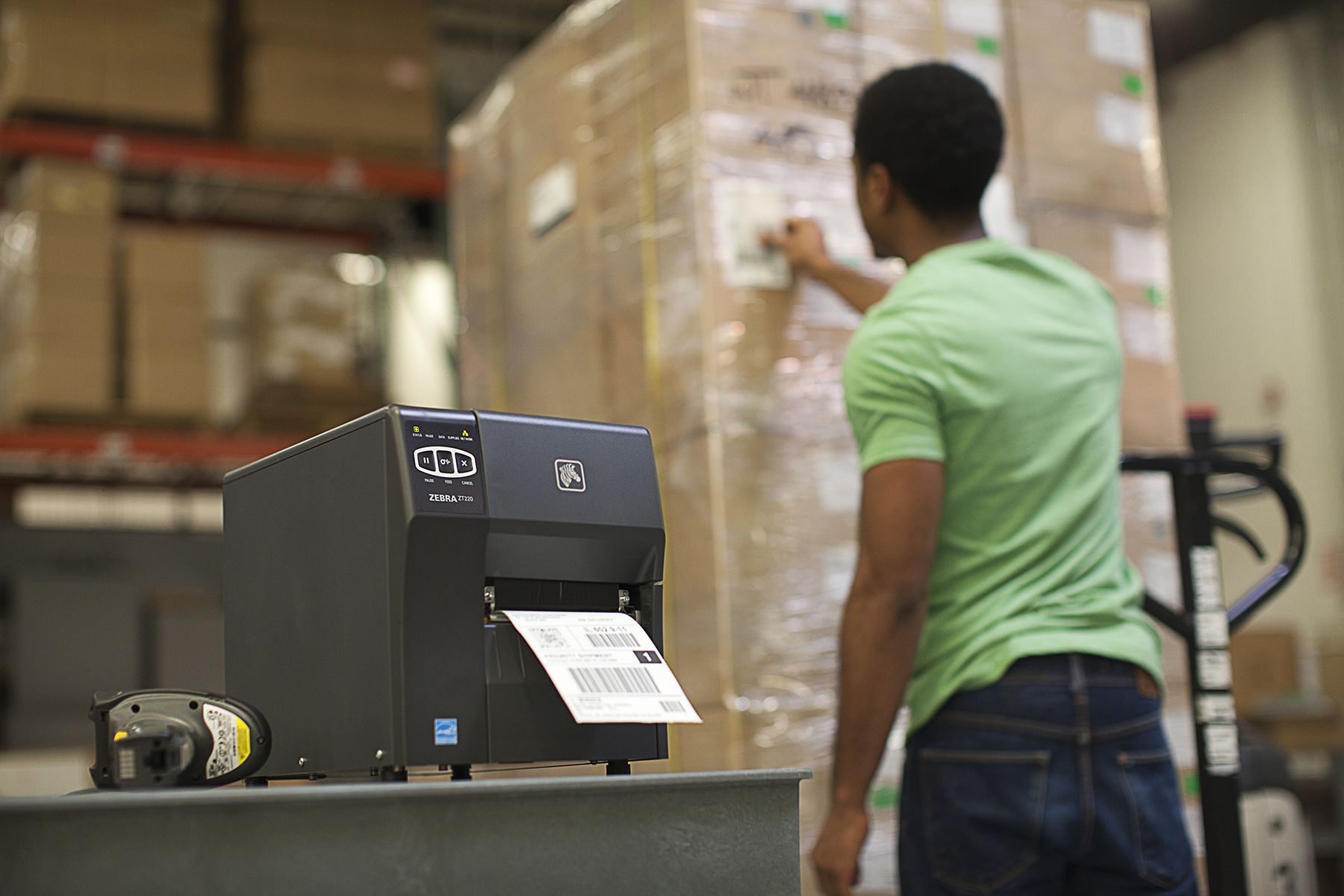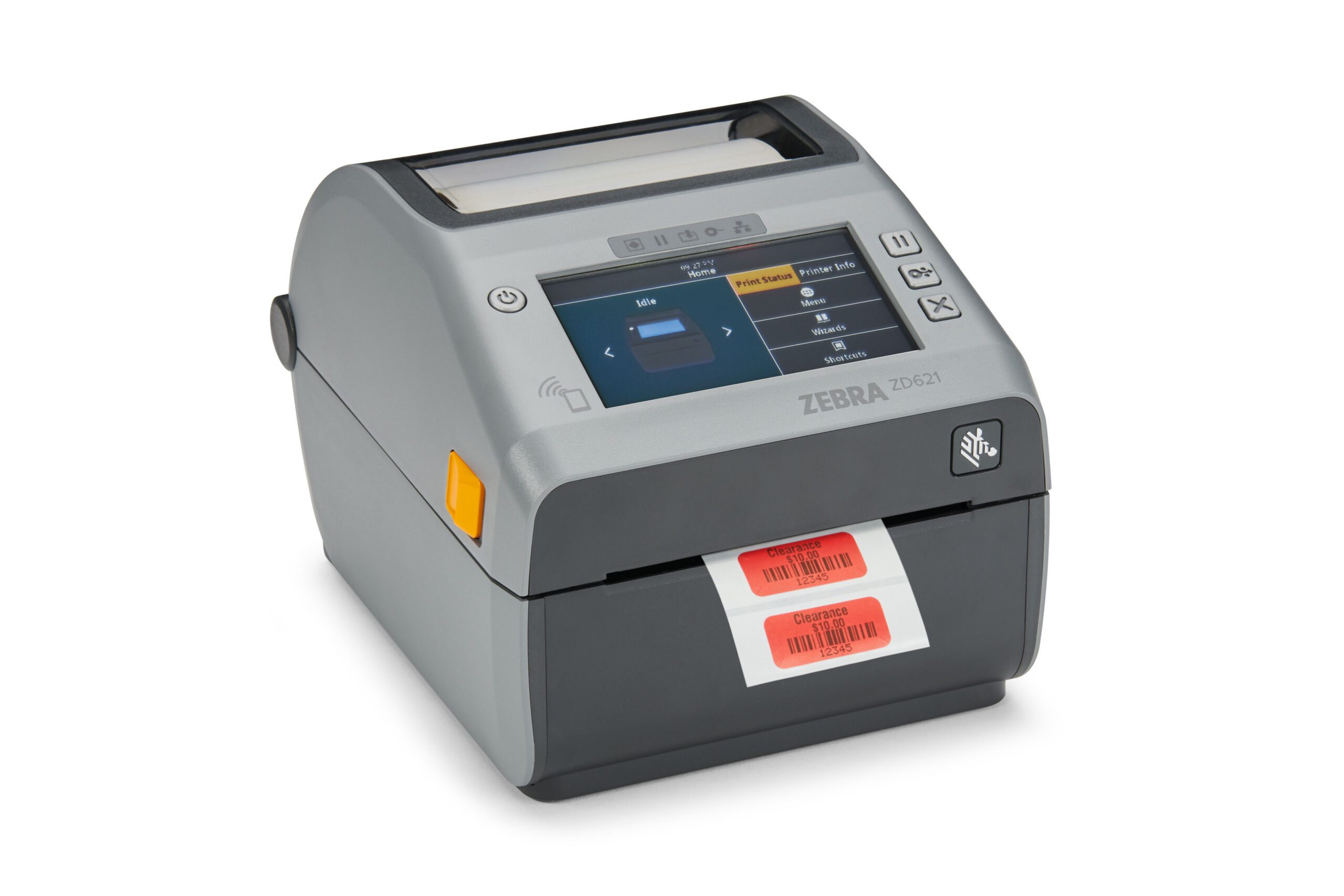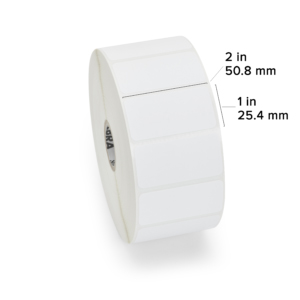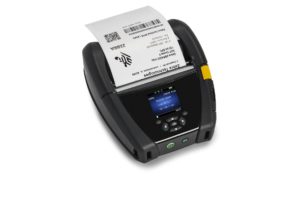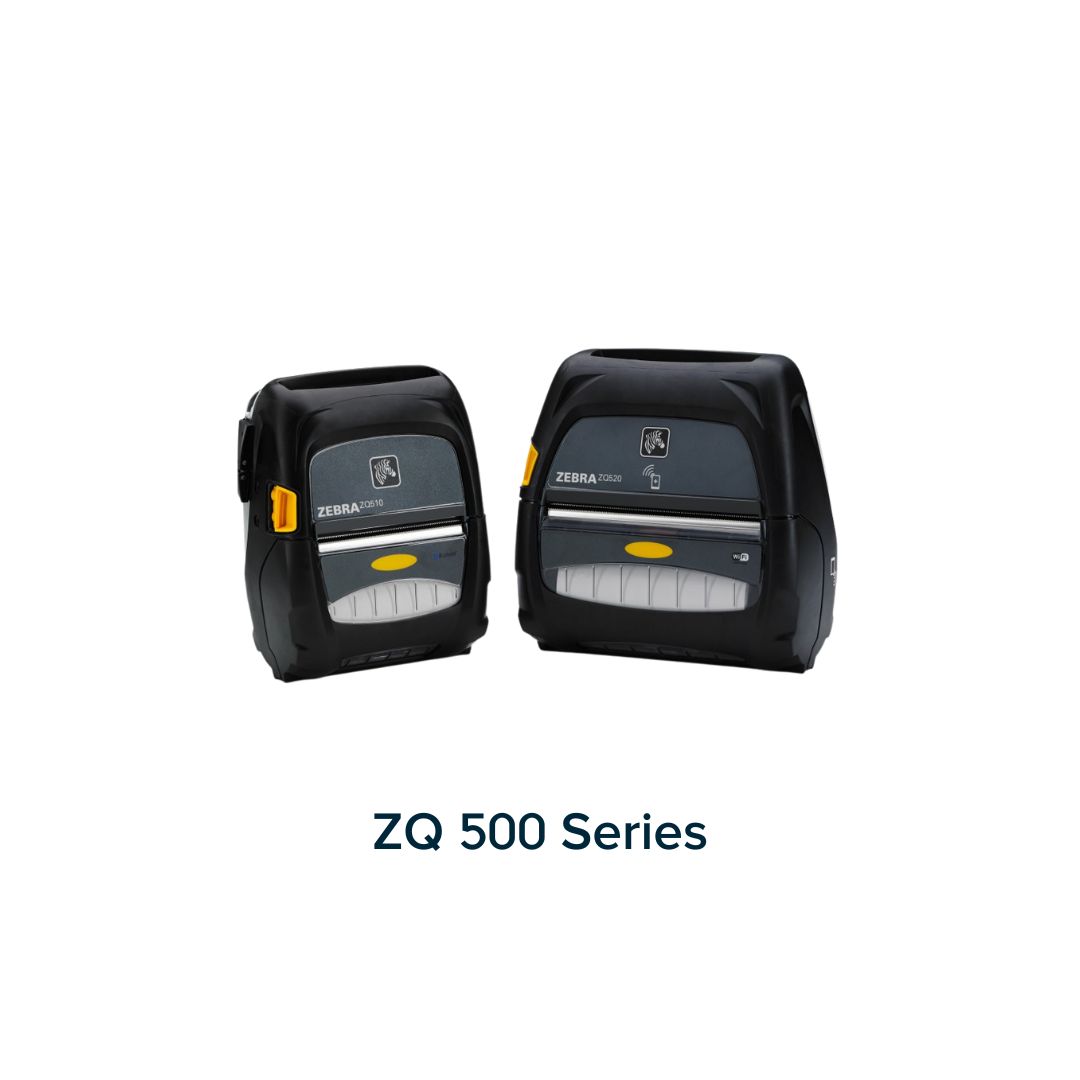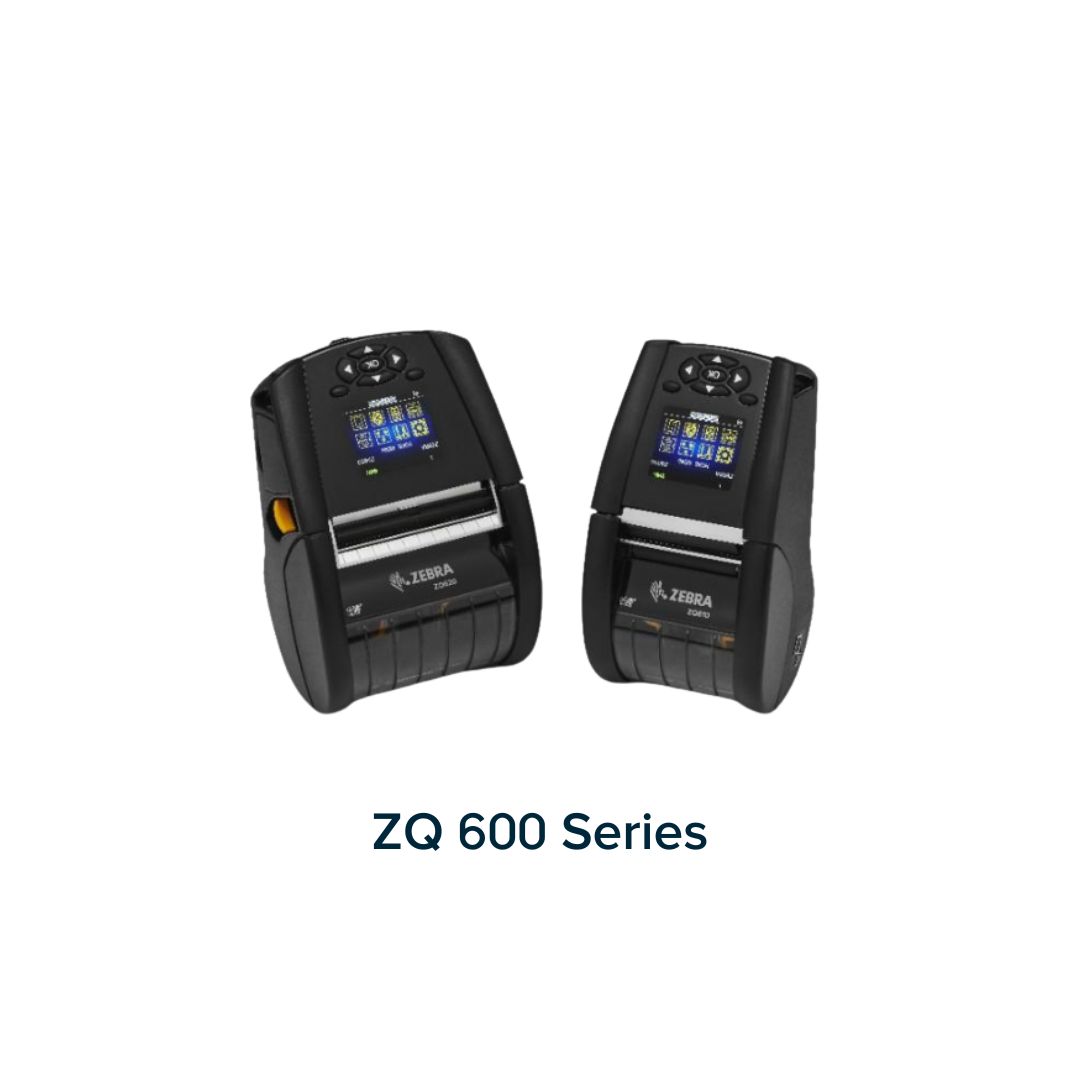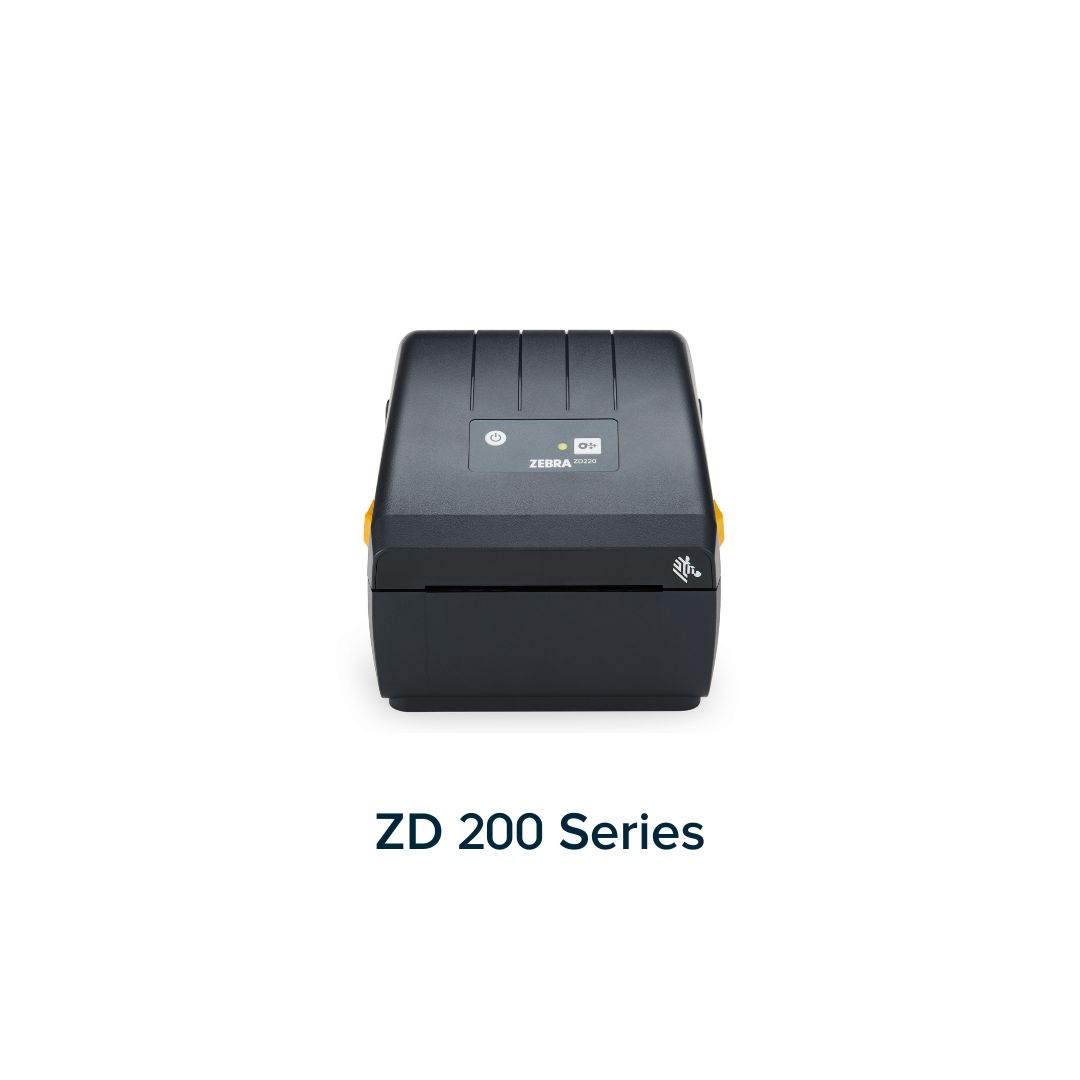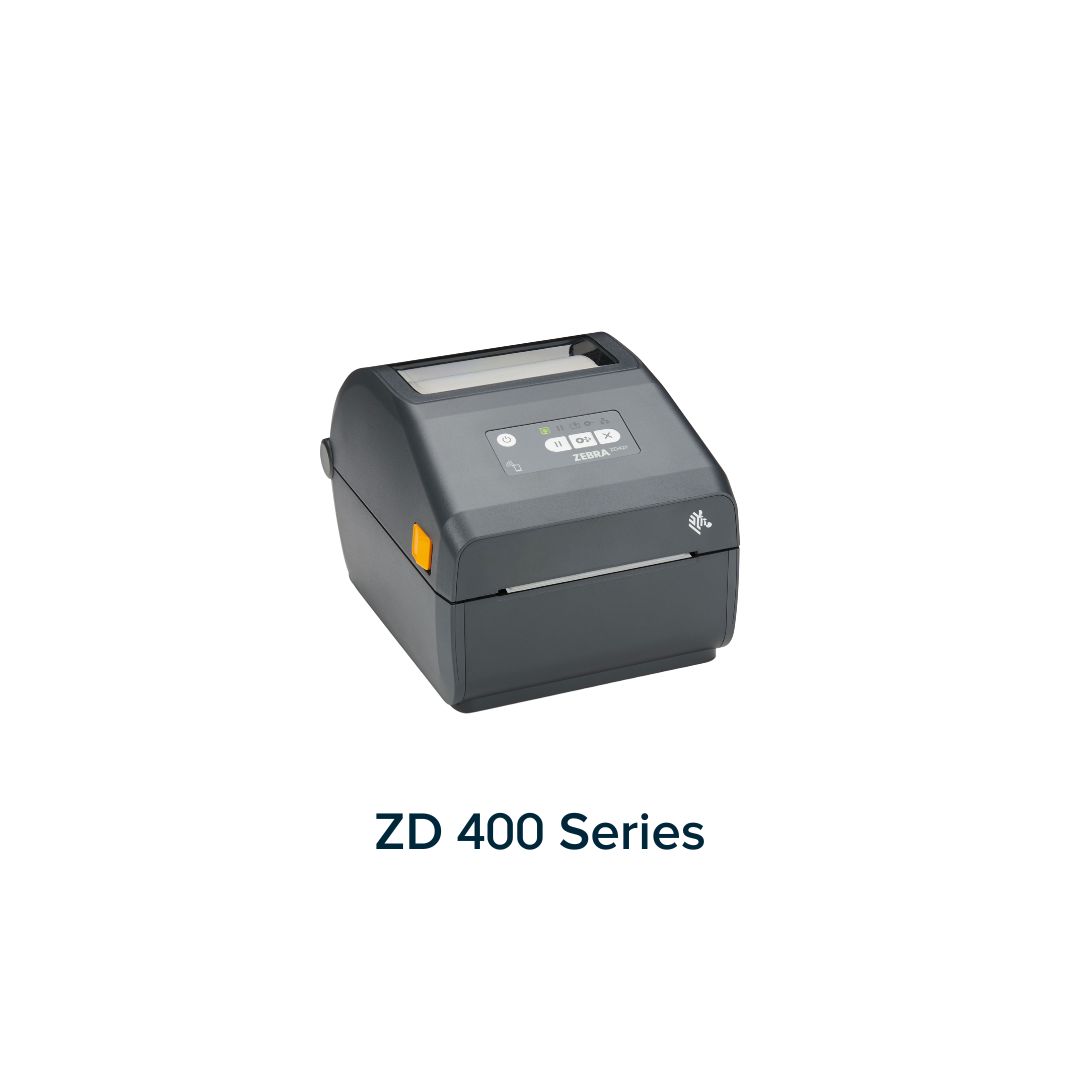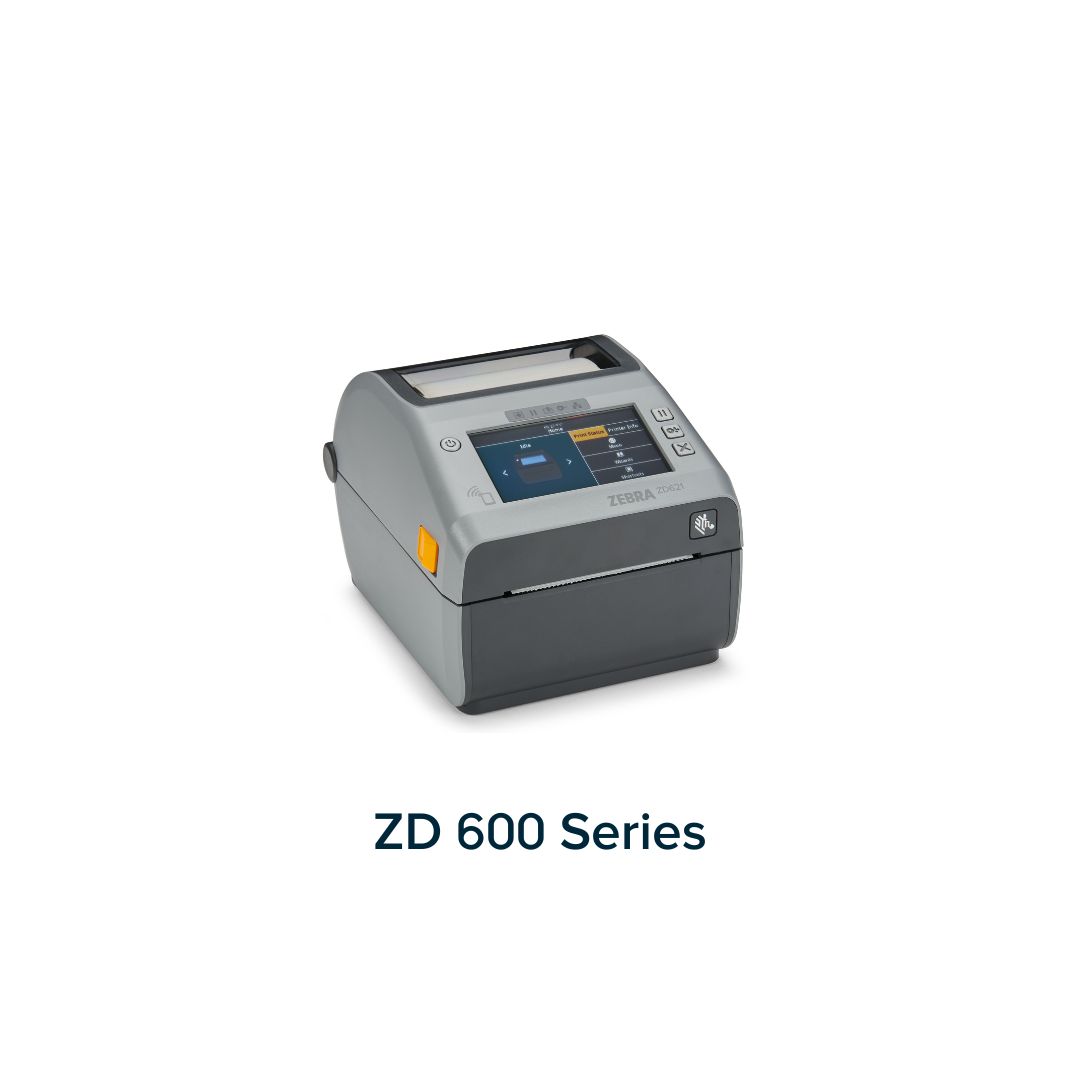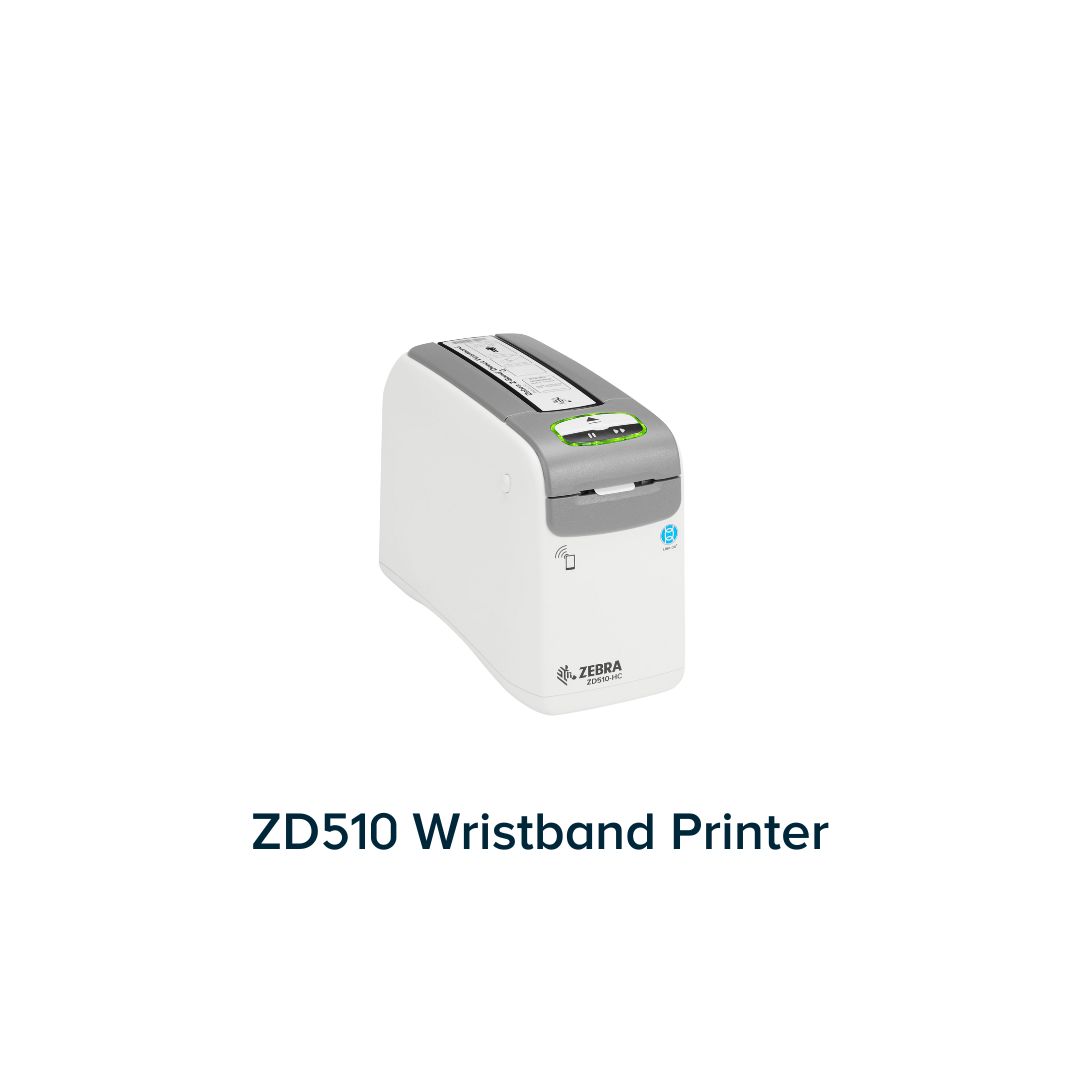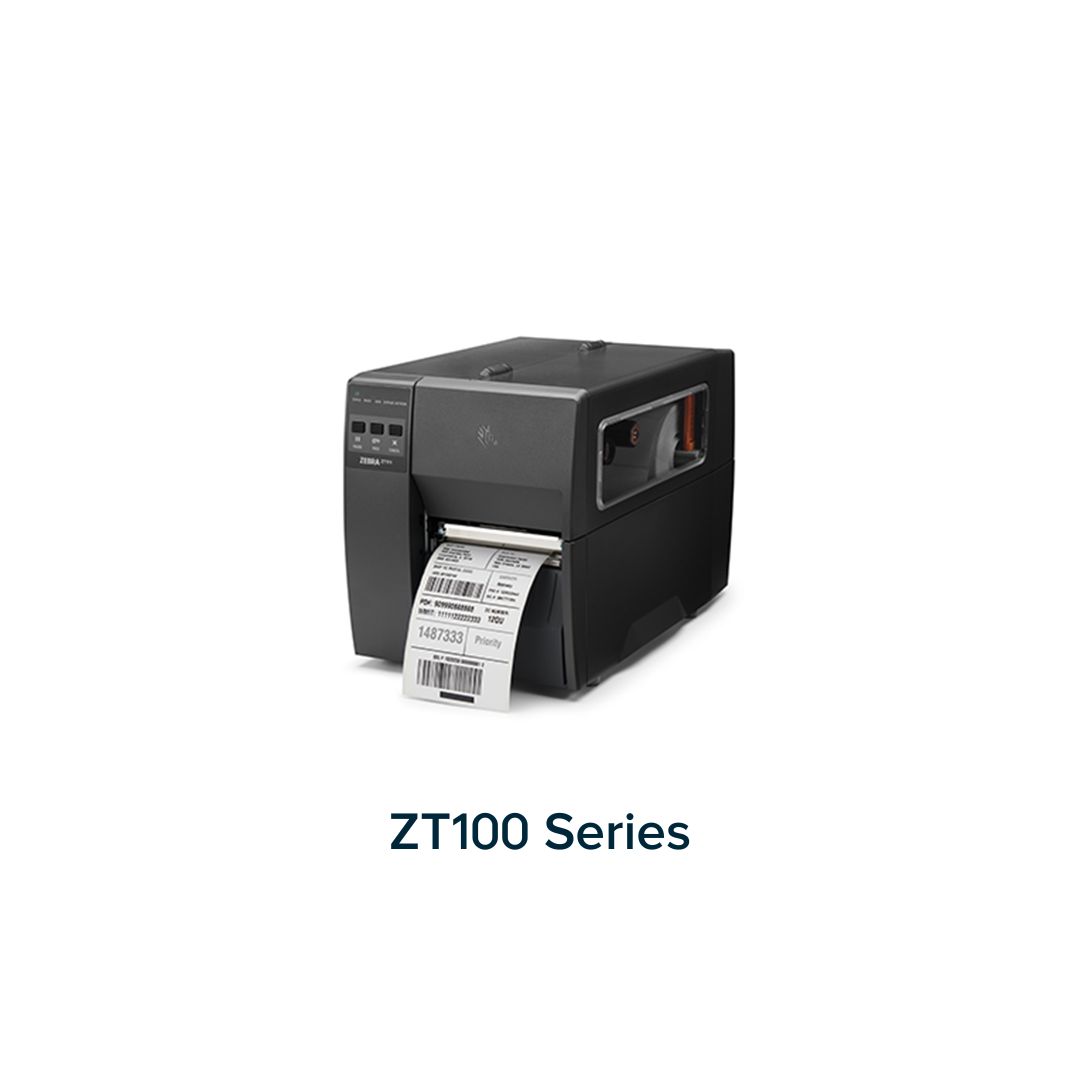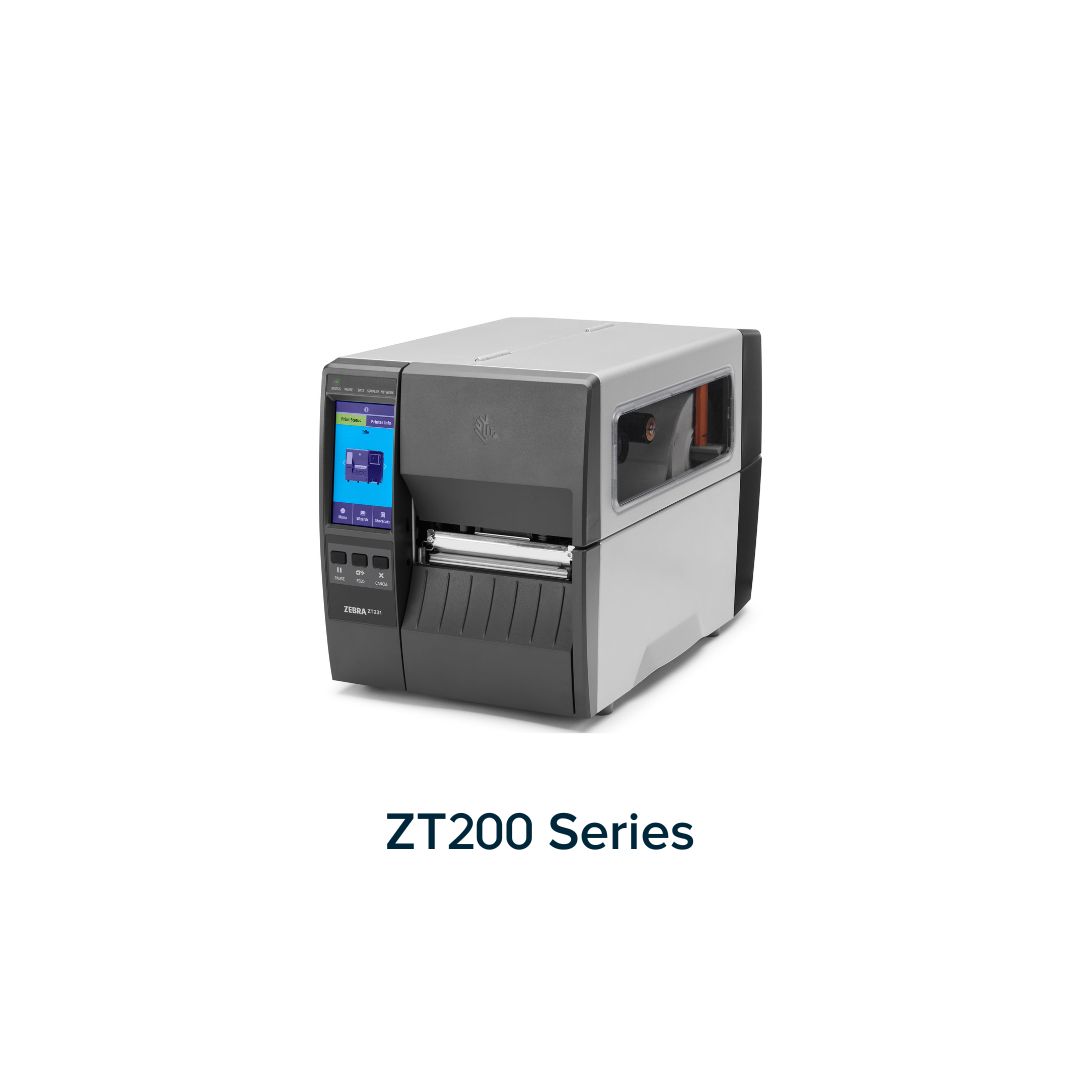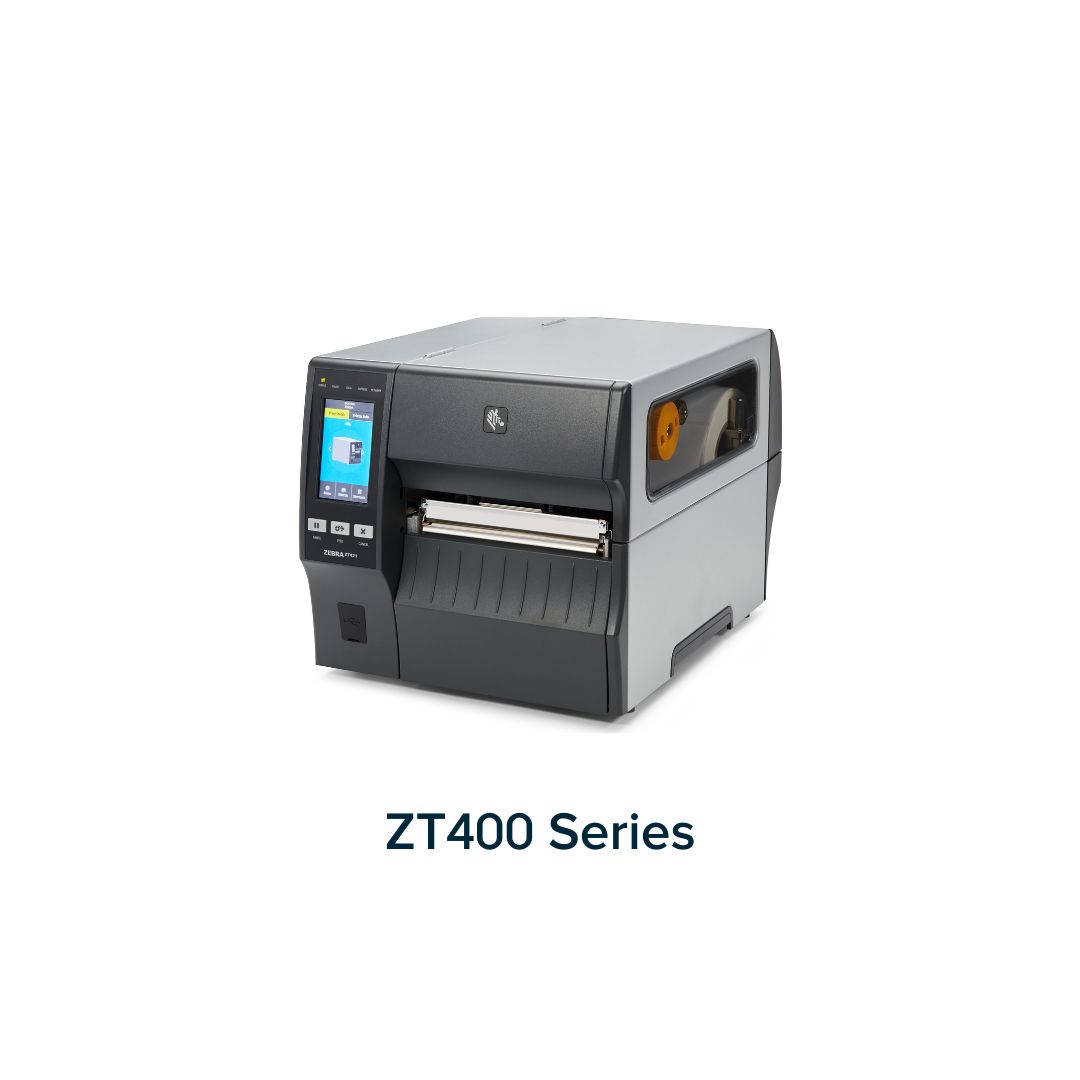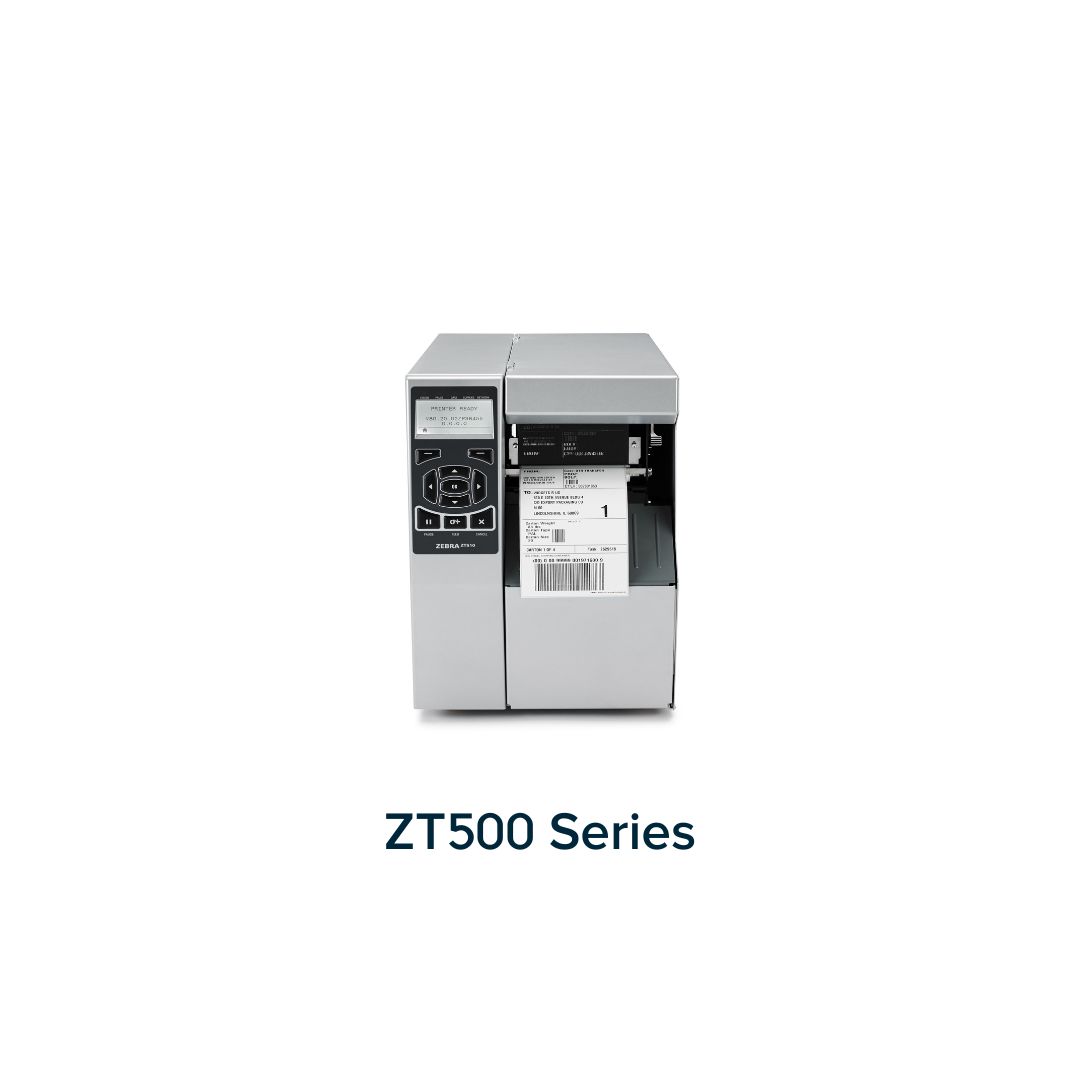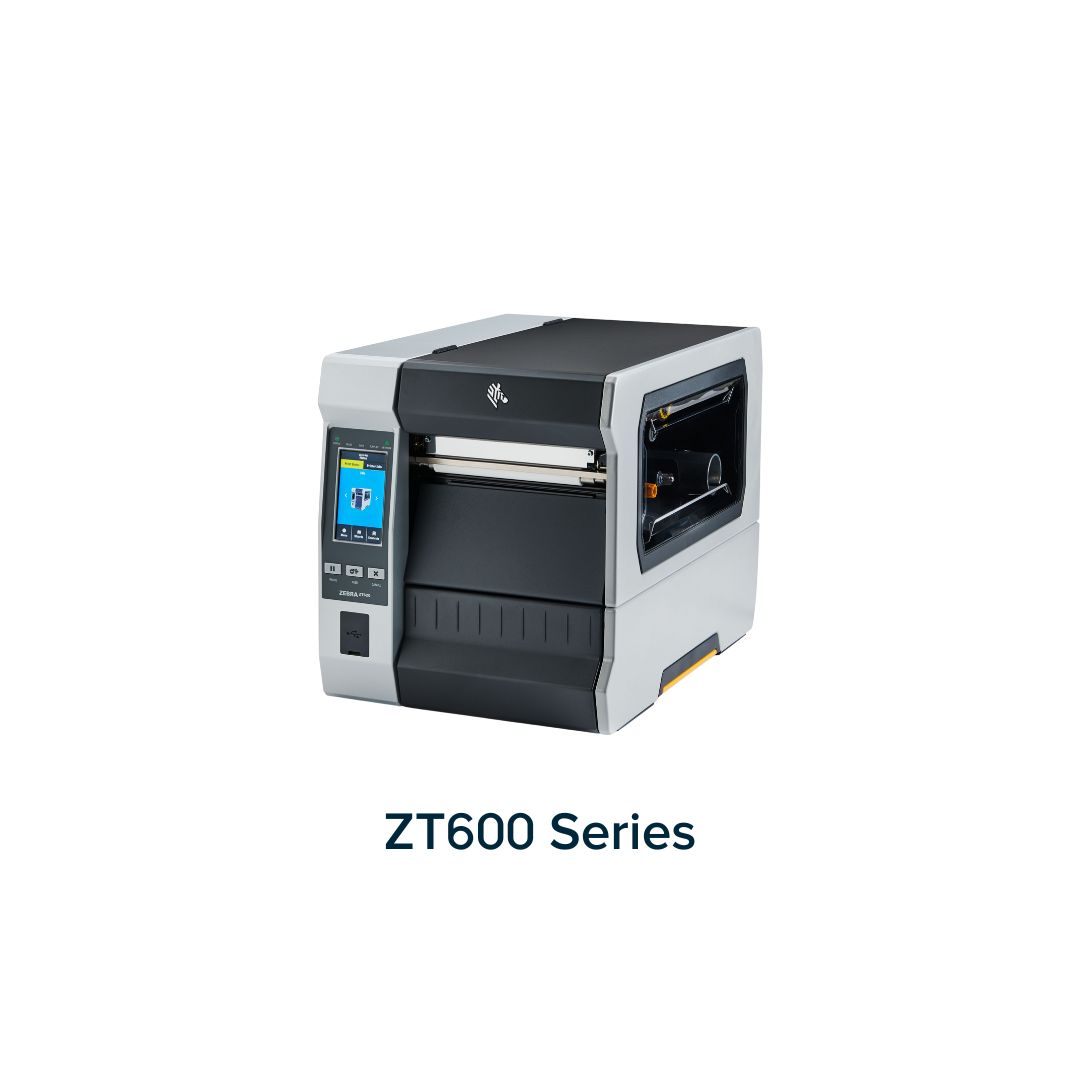How to Pick the Best Zebra Printer for Your Application
Researching the right printer for your barcode or RFID label printing can lead to more questions than answers. There are many considerations for selecting the right printer, like deciding between direct thermal or thermal transfer printing, maximum print widths, printing capacity, connectivity, and more. Fortunately, Zebra printers offer the best label printing reliability with a diverse range of models to accommodate all printing requirements. Our Zebra printer buying guide will outline some of the decisions you need to make before purchasing your next printer and which Zebra model will work best for you!

5 Factors to Consider:
All Zebra printers deliver high-performance label printing with outstanding print quality, fast print speeds, and unparalleled reliability in all environments. However, honing in on exactly which printer you need requires a few considerations.
1. Form Factor & Printing Capacity 
Purchasing a printer that can’t keep up with your expected volume will limit your current operations and future growth, requiring additional investment in services or printers – leading to a higher TCO. On the other hand, purchasing a printer that is capable of a higher print volume than you’re running will result in overspending and greater complexity for your operations.
Zebra label printers come in industrial, desktop, and mobile printing form factors. Industrial printers are very durable, have a large footprint, and can print a high volume of labels at an incredibly fast rate. Conversely, desktop and mobile printers have a smaller footprint, carry fewer labels, and are suited for less demanding label printing.
When To Use Each Type of Printer:
- Mobile Printers – if you are printing 1,000 or fewer labels a day and need to print on the go or at the point of application.
- Desktop Printers – if you are printing around 1,000 or fewer labels a day and need a stationary, compact, and simple-to-operate printer.
- Industrial Printers – if you are printing closer to 5,000 or more labels a day and need reliable performance around the clock.
2. Printing Technology
After determining which printing form factor your operation requires, the next step is deciding between direct thermal or thermal transfer printing. If you’re unsure whether you should be using direct thermal or thermal transfer printers, here’s a quick overview of each technology and their use cases:
Direct Thermal
Direct thermal printers apply heat directly onto specially coated labels. After heat is applied to the label, the coating darkens, creating the image. This technology is best suited for labels with short lifespans or labels that won’t be subject to harsh conditions like heat, sunlight, and other environmental factors that can cause the image to fade.
Common applications for direct thermal printing include:
- Shipping labels
- Patient ID wristbands
- Visitor ID tags
- Receipts & ticketing
Thermal Transfer 
Thermal transfer printers utilize a ribbon to produce images and barcodes. When heat is applied to the ribbon, ink is melted onto the surface of the label, producing the image on the label. Because the label itself is not reactive to the heat, these labels can withstand harsher conditions, sunlight, and heat.
Common applications for thermal transfer printers and labels include:
- Product labels
- Parts & materials labeling
- Warehouse bin & racking tags
3. Label Size
Due to their printhead size, label printers usually only support labels up to a certain maximum width. These sizes are usually 2″, 4″, 6″, or 8″. The most common print width is 4″, accommodating both product and shipping labels.
4. Print Resolution (DPI)
One of the most important printer specs is its DPI, or dots per inch. This metric defines how clear and sharp barcodes and label images will be. A DPI of 200 is standard for barcode printer resolution and is usually serviceable for most text and barcodes. If you are printing small barcodes or images that need fine resolutions, a 600 dpi printer is recommended. Other common resolutions include 300 and 400 dpi.
5. Connectivity 
Another factor to consider when choosing a Zebra printer is connectivity. Each Zebra printer offers different connectivity options for reaching other devices or wireless networks. Common connection types for Zebra printers include wired USB, wired Ethernet connection, Bluetooth, and Wi-Fi compatibility.
Additional Features
Other features and options may come into consideration when selecting the appropriate Zebra printer for your application. Specialized functionality like RFID encoding, label cutters, rewinders, and peelers are only available with certain models. Furthermore, each model provides a different user interface. Lower-tier Zebra printers may only have simplified keyed data entry, while top-end printers have advanced LED touchscreens and print settings.
Zebra Printer Check-List
Now that you have a better understanding of some of the factors that help determine which printer is right for you, we’ve included a handy checklist for you to utilize when selecting your next Zebra printer.
- Form Factor: Are you in need of mobile, desktop, or high-volume industrial printing?
- Printing Technology: Will direct thermal or thermal transfer printing work best for your operations?
- Label Size: What is the maximum label width you will print?
- Print Resolution: What dpi will you need for the type of labels you are printing?
- Connectivity: Will you need to pair with other devices via Bluetooth or connect to your network via Ethernet?
- Other Features: Do you need additional functionalities like RFID encoding, label cutting, rewinding, or peeling?
